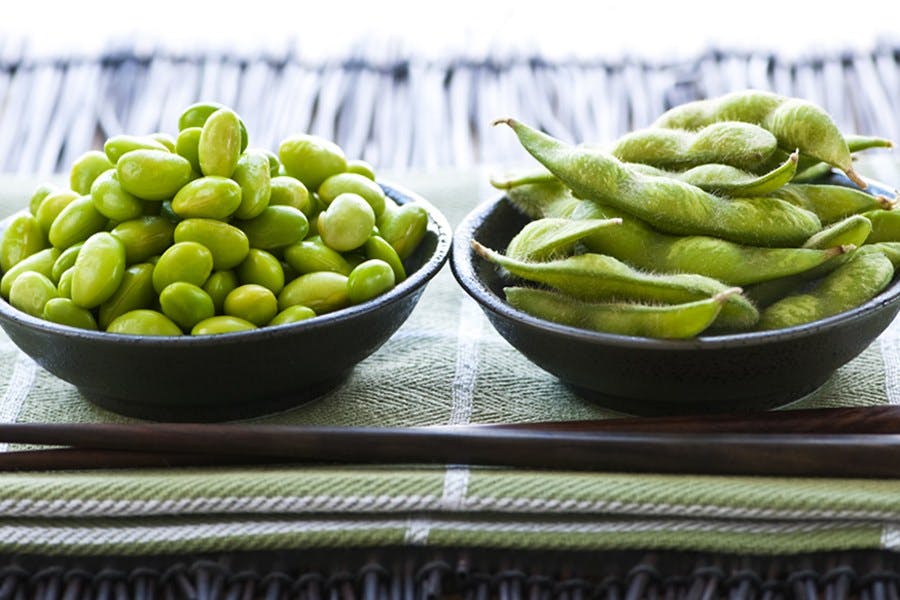What Is Soy Lecithin And Is It Bad For Us?
We often get asked why we include soy lecithin in our whey protein blends.

Bare Blends
2017-03-13

We often get asked why we include soy lecithin in our whey protein blends.
Although we experimented for quite a while with unlecithinised whey proteins and tested them with customers, the overwhelming result was that it was too hard to mix (as soon as you added liquid it would turn into a brick, unable to be shaken, you would HAVE to use a high powered blender every time).
So we included a tiny amount of non-GMO soy lecithin - 0.1%. Here's a scientific look into why.

Since the popularisation of whey powder as a sports supplement back in the early 80's, manufacturers have continually sought to improve the nutrient levels, flavour and texture of protein powder. The valuable components of milk are subtly changed depending on the method of extraction.
Advances such as micro and ultra-filtration of concentrate into isolate, to reduce lactose components have allowed whey to be consumed by a wider proportion of the population. Other advances, such as Ion Exchange filtration to increase protein content, can have less desirable outcomes, such as denaturation, rendering their protein a lower quality.
Milk is an emulsion of fat, protein and water that is only possible with a specific type of fat called lecithin. This component of milk is lost during processing and in order to create a liquid with similar properties, a lecithin must be added back in. Without it, as protein powder drinkers from the 70's and early 80's may remember, a whey protein drink can turn into a foamy, powdery mess.

In the diagram to the left imagine that the:
Orange layer = Whey protein powder
Blue Layer = Water
Thin Red Layer = Soy Lecithin
Whilst sunflower and egg-yolk have more favourable nutrient qualities, the reality is that these fats turn rancid at room temperature well before the expiry date of the products they are used in. As customers routinely store their protein powder at room temperature, we believe it is misleading to sell a product that has been formulated to meet marketing needs, rather than safety, storage and quality demands.
It is not possible to buy pure protein powder and add in lecithin of your own to create the same effect, as the milk proteins are encapsulated by lecithin towards the end of production in a specialised process. We have trialled many proteins and lecithins, including sunflower, in order to make the best choice for our customers.
Soybean allergies
Our advice to people suffering from soy allergies is as follows:
Soy lecithin does contain trace levels or [sic] soy proteins and these have been found to include soy allergens. However, apparently, soy lecithin does not contain sufficient soy protein residues to provoke allergic reactions in the majority of soy-allergic consumers. Many allergists do not even advise their soybean-allergic patients to avoid soybean lecithin when it is included as an ingredient on food products. From this practical standpoint, we can surmise that most soybean-allergic individuals do not react adversely to the ingestion of soybean lecithin.
At Bare Blends, our philosophy is to use only ingredients that taste good, make you feel alive and to minimise impact on the environment. All whey proteins in our blends are ultra-filtered and the 0.1% soy lecithin for mixing is free from rancidity.
Image: Fotolia / Elenathewise
